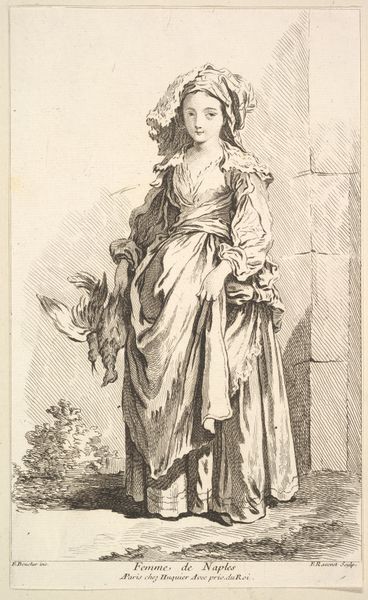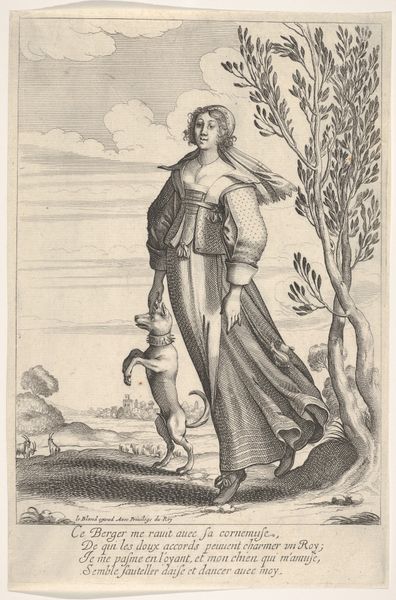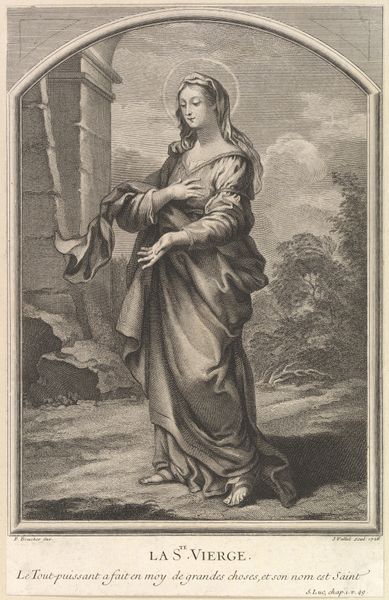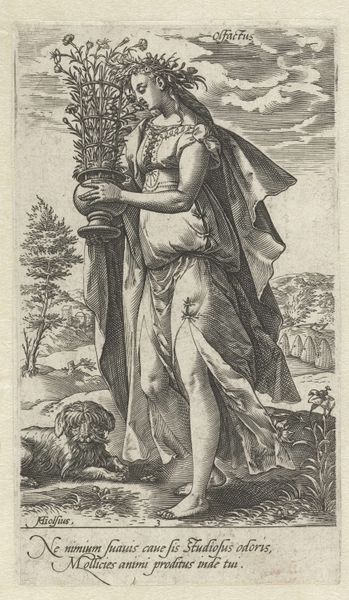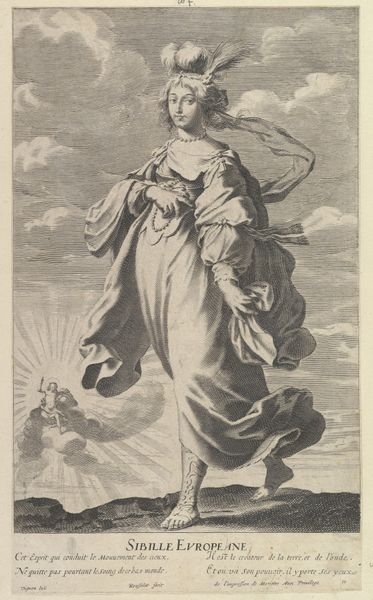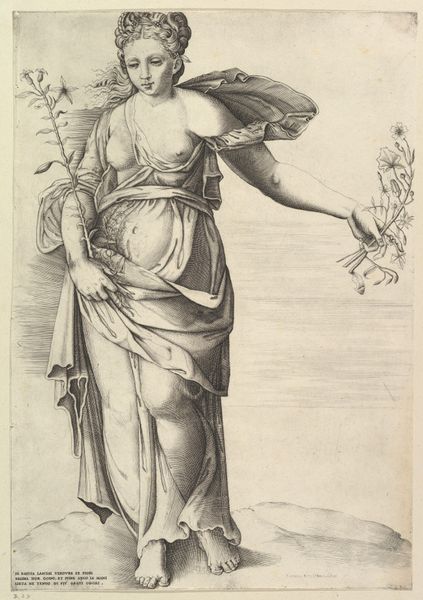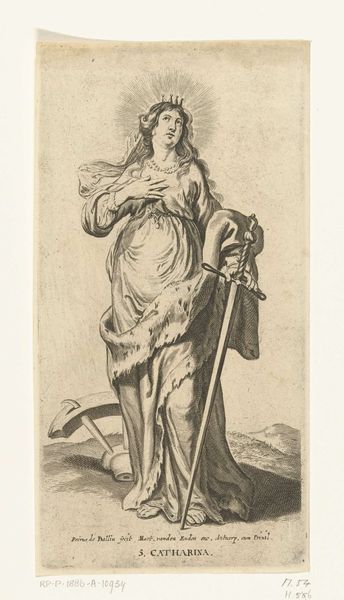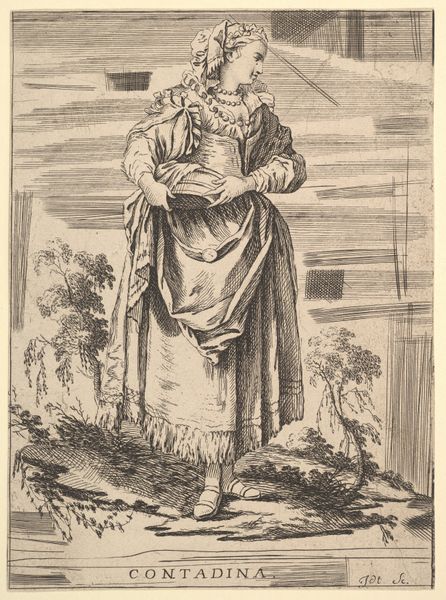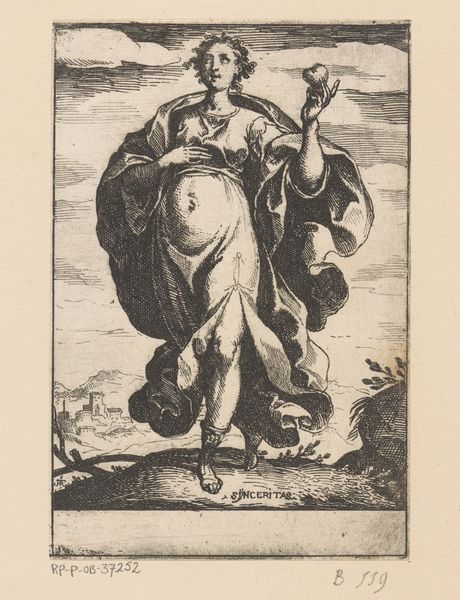![Reverse copy of Neapolitaine, from Recueil de diverses fig.res étrangeres Inventées par F. Boucher P.tre du Roy et Gravées par F. Ravenet (Collection of Various Foreign Figures, Devised by F. Boucher, Painter of the King and Engraved [etched] by F. Ravenet), plate 2 by Simon Francis Ravenet, the elder](/_next/image?url=https%3A%2F%2Fd2w8kbdekdi1gv.cloudfront.net%2FeyJidWNrZXQiOiAiYXJ0ZXJhLWltYWdlcy1idWNrZXQiLCAia2V5IjogImFydHdvcmtzL2E2N2YzNzM2LWNkMTUtNDViOS05MmRlLTEzZjMxZDg0NWY4NS9hNjdmMzczNi1jZDE1LTQ1YjktOTJkZS0xM2YzMWQ4NDVmODVfZnVsbC5qcGciLCAiZWRpdHMiOiB7InJlc2l6ZSI6IHsid2lkdGgiOiAxOTIwLCAiaGVpZ2h0IjogMTkyMCwgImZpdCI6ICJpbnNpZGUifX19&w=3840&q=75)
Reverse copy of Neapolitaine, from Recueil de diverses fig.res étrangeres Inventées par F. Boucher P.tre du Roy et Gravées par F. Ravenet (Collection of Various Foreign Figures, Devised by F. Boucher, Painter of the King and Engraved [etched] by F. Ravenet), plate 2 1720 - 1799
0:00
0:00
print, etching
#
portrait
#
baroque
# print
#
etching
#
genre-painting
Dimensions: Sheet: 8 13/16 x 6 1/2 in. (22.4 x 16.5 cm)
Copyright: Public Domain
This etching was made by Simon Francis Ravenet, in the eighteenth century, after an original design by François Boucher. It is titled ‘Neapolitaine,’ referring to a woman of Naples. The etching process involves coating a metal plate with wax, scratching an image into it, and then bathing the plate in acid. This eats away at the exposed metal, creating lines that can then be inked and printed. Ravenet was a master of this craft, and here the depicted lines vary subtly in thickness and depth, creating a range of tonal effects. This is not just a reproductive technique: Ravenet’s skill as an etcher is vital to the image’s aesthetic effect. Prints like this one played an important role in the circulation of images during the Enlightenment. They were relatively inexpensive to produce and distribute, and enabled a wide audience to experience the work of artists like Boucher. In turn, the circulation of imagery helped to fuel consumer desire for new fashions and tastes. Ultimately, this modest print is a testament to the power of craft to shape our understanding of the world.
Comments
No comments
Be the first to comment and join the conversation on the ultimate creative platform.
